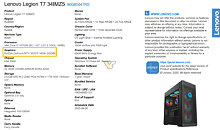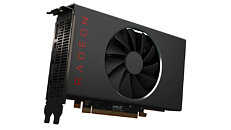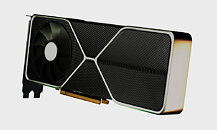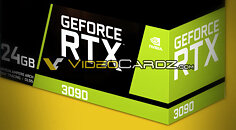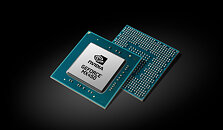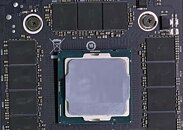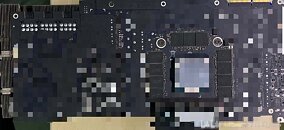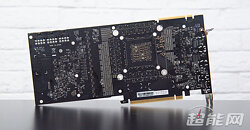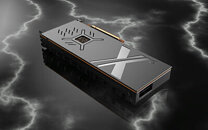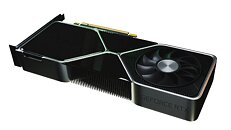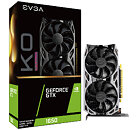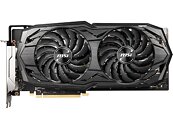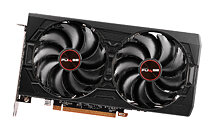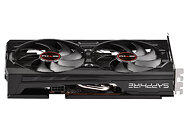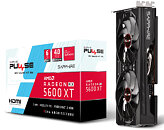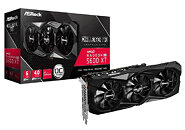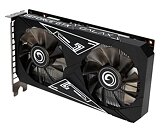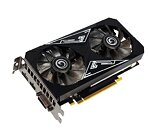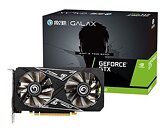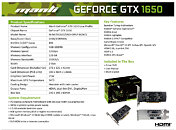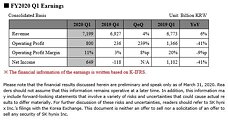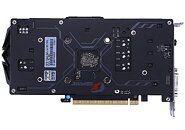Sapphire introduced a price-optimized variant of its
Radeon RX 5600 XT Pulse, with the new RX 5600 XT Pulse BE (model: 11296-05-20G). This card is visibly smaller than the original RX 5600 XT Pulse that is largely based on the board design of the RX 5700 series Pulse cards. The newer card is 23.05 cm long and 12.25 cm tall, compared to the original Pulse, that's 25.4 cm long and 13.5 cm tall. The new card is also slightly thinner, at exactly 4 cm (slightly less than 2 slots thick), while the original Pulse is 4.65 cm thick (slightly more than 2 slots thick).
There are a handful areas of cost-cutting by Sapphire. To begin with, while the diameter of the two fans of the Dual-X cooling solution is unchanged at 100 mm, the underlying heatsink is visibly slimmer, and of a different design than that used in the original Pulse card. Secondly, the PCB is shorter in length than the cooler itself, and is of a completely different design than the original Pulse. Thirdly, the card lacks dual-BIOS. Lastly, the fans of the card lack the Quick-Connect feature that lets you pop them out to clean the heatsink underneath. Luckily, the new Pulse BE card sticks to AMD's revised OC specs for the RX 5600 XT out of the box, so you don't have to bother with BIOS updates. It ticks at 1560 MHz game clocks, up to 1620 MHz boost clocks, and 14 Gbps (GDDR6-effective) memory. The company didn't reveal pricing, although we expect this card to be priced very close to the USD $279 baseline for the RX 5600 XT.






